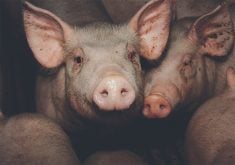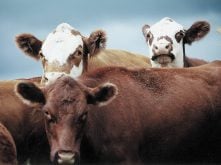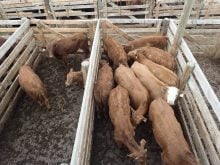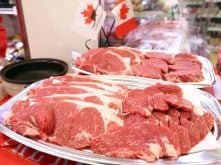DENVER, Colo. – The tension was palpable as Canadian and American beef producers sparred over bluetongue at the National Cattlemen’s Beef Association convention.
Canadian restrictions on U.S. cattle imports because of the risk of bluetongue and anaplasmosis have frustrated producers in the United States and Canada for more than two decades. Regulatory changes to open trade year round have been slow.
“This kind of foot dragging leads to those who want to slam this border shut forever,” said Wade Moser of the North Dakota Stockmen’s Association during a meeting of the U.S.-Canada issues committee on Feb. 2.
Read Also
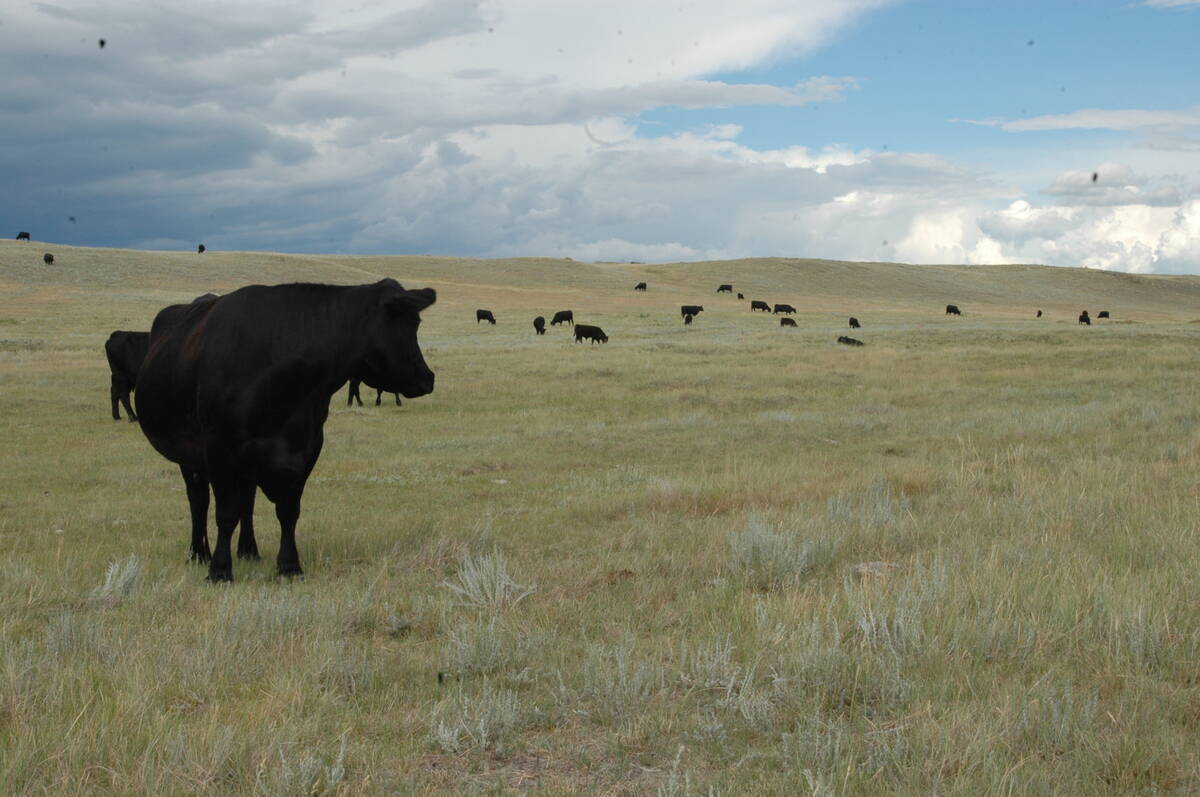
Saskatchewan Cattle Association struggles with lower marketings
This year’s change in the provincial checkoff has allowed the Saskatchewan Cattle Association to breathe a little easier when it comes to finances.
Canadian Cattlemen’s Association vice-president Hugh Lynch Staunton agreed with the complaints, saying the diseases are non-issues.
“Surely to goodness if there has been 100 years of no disease, there is something in science that says it is not serious,” he said.
Cattle producers in both countries want the Canadian borders open to American feeder cattle and breeding stock without costly disease testing. At this point, BSE regulations restrict U.S. breeding stock from coming to Canada, even though the restriction was supposed to be lifted last March. American bulls may reside in artificial insemination studs but cannot return to the U.S.
Canadian Food Inspection Agency representative Noel Murray said the situation should be rectified by mid-year. Necessary regulatory changes were stalled when the federal election was called last December.
“Rest assured work is continuing and we are constantly looking at new information,” Murray said.
That includes recently completed research on the prevalence of the insects responsible for transmitting bluetongue. Led by Agriculture Canada and funded by the CCA, the three-year project showed the insects cannot survive in the Canadian climate long enough to transmit the disease.
A recently released draft on the risk and economic impact to sheep and wildlife such as deer, antelope, mountain goats and sheep was tabled for public comment on Jan. 31. These animals are susceptible to bluetongue.
CCA executive vice-president Dennis Laycraft said a meeting has been planned with the new Conservative government to discuss this and other issues. Before the Jan. 23 election the Conservatives promised to act quickly using a science based approach.




